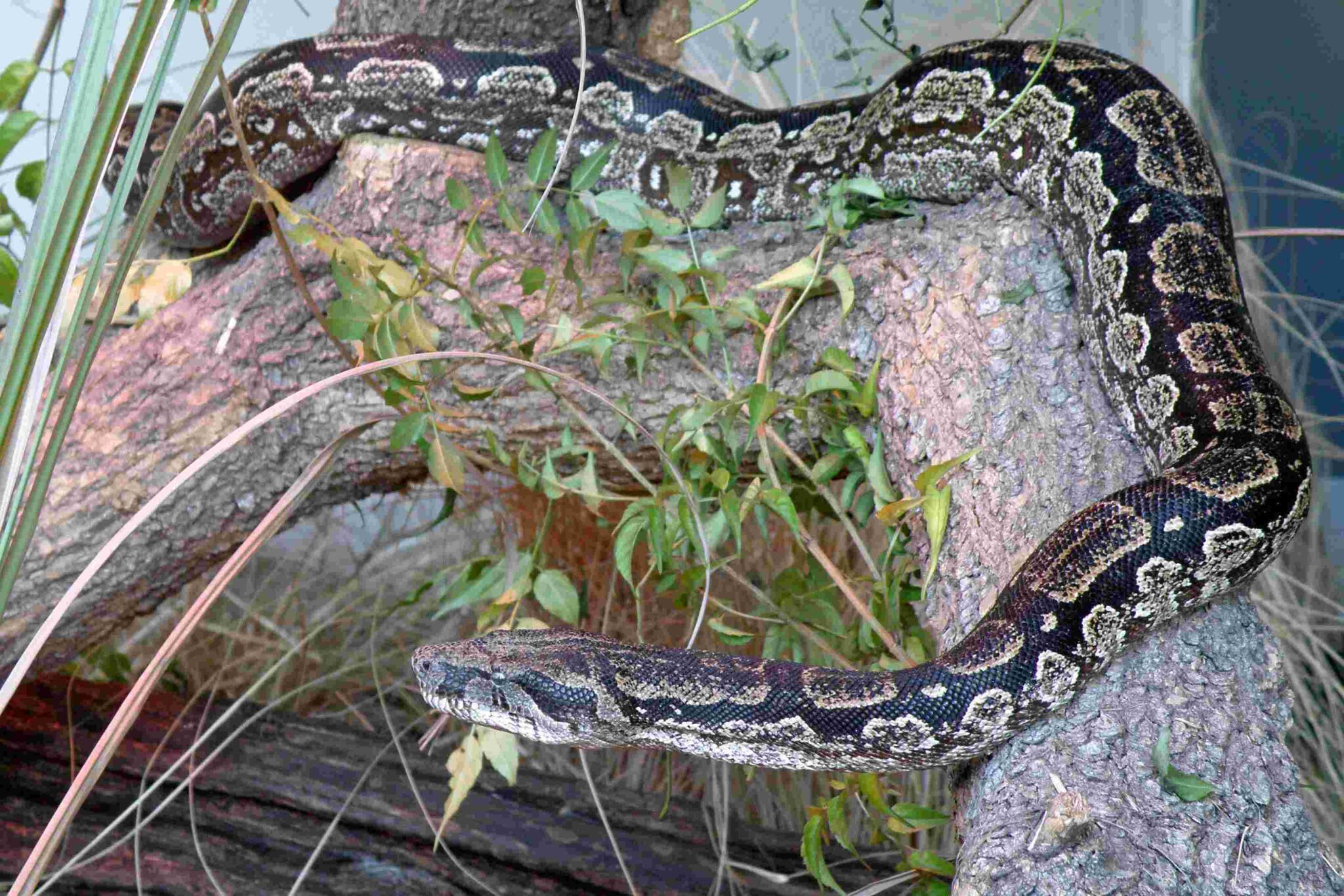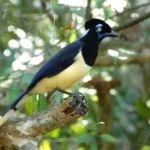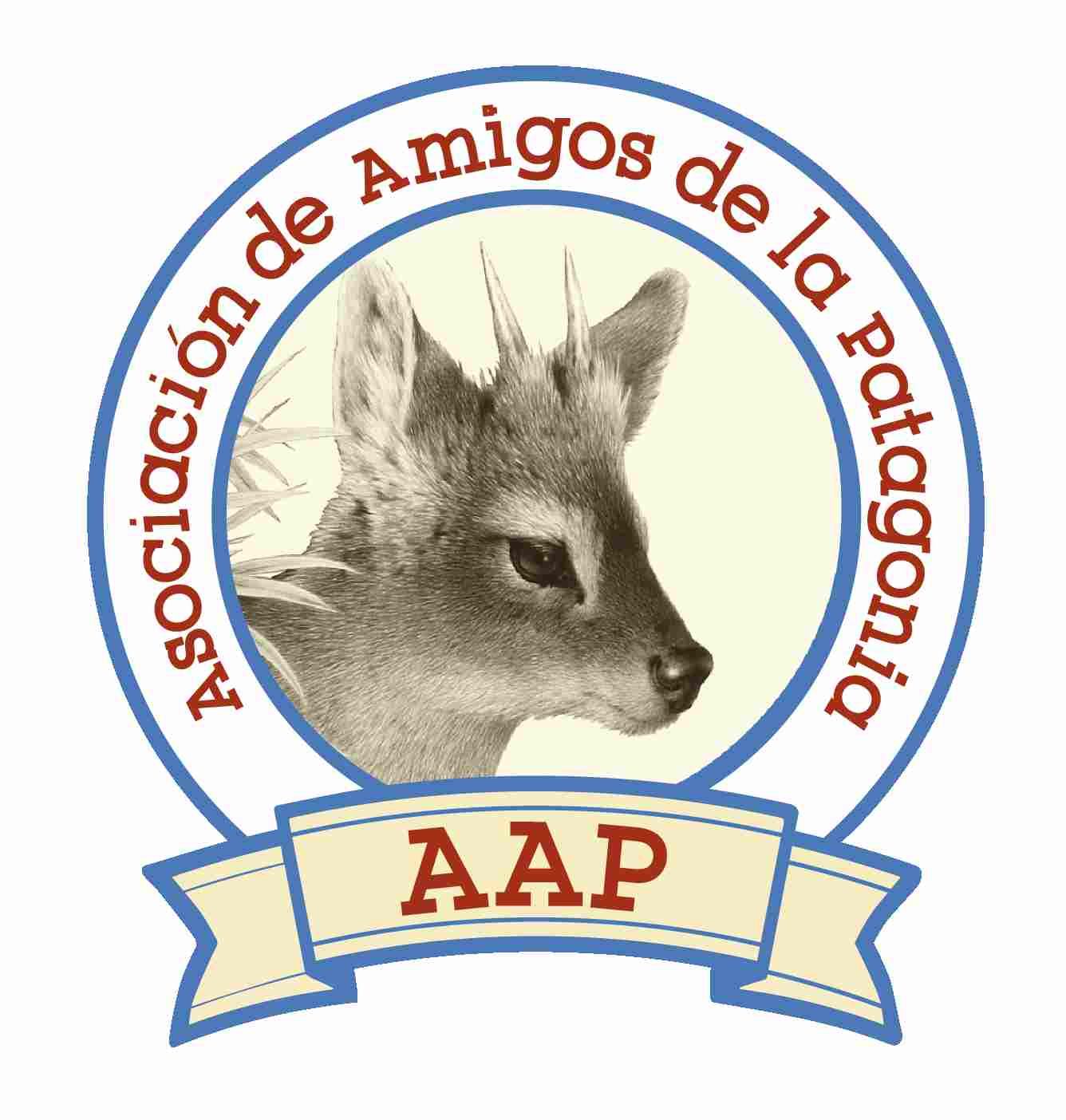
The Argentine boa constrictor (Boa constrictor occidentalis), also known locally as the “boa de las vizcacheras”, is a powerful and impressive non-venomous snake native to northern and central Argentina. With its robust body, gentle nature, and crucial ecological role, this boa is one of the largest snakes in South America.
Although often misunderstood and feared, the Argentine boa is not dangerous to humans and is actually a keystone species in maintaining balance in the regions where it lives. Picture by Chucao.
Where It Lives
The Argentine boa constrictor is mainly found in:
- Chaco and Formosa Provinces
- Santiago del Estero, Salta, Tucumán, and northern Córdoba
- Prefers semi-arid forests, savannas, and thorn scrub environments
- Common around burrows of rodents such as vizcachas, which it often uses for shelter
It’s mostly terrestrial, though it can also climb and swim when necessary.
Physical Traits
This is one of Argentina’s most impressive native reptiles. Key characteristics include:
- Length: Adults typically range from 1.5 to 3 meters (5–10 feet)
- Coloration: Varies from light brown to gray, with dark saddle-like blotches along the back
- Pattern: Helps camouflage it in dry leaves and brush
- Build: Very muscular and thick-bodied
Its size and strength allow it to tackle relatively large prey compared to other snakes in the region.
Behavior and Diet
The Argentine boa is a non-venomous constrictor, meaning it kills prey by wrapping around it and suffocating it. Its diet includes:
- Rodents (like vizcachas and rats)
- Birds
- Small mammals and reptiles
It’s mostly nocturnal and solitary, moving slowly and cautiously, relying on ambush tactics rather than active pursuit.
Despite its size, it’s generally calm and non-aggressive, even when encountered by humans.
Importance in the Ecosystem
The Argentine boa plays a critical role as a natural rodent control agent, particularly in agricultural zones where rodents can become pests.
Its presence indicates a healthy ecosystem, and as a top predator, it helps regulate populations of various small animals, preventing ecological imbalances.
Conservation Status
Unfortunately, this magnificent snake is listed as “Vulnerable” by the IUCN, and populations are declining due to:
- Habitat destruction from agriculture and logging
- Persecution by humans due to fear and superstition
- Illegal collection for the exotic pet trade
Conservation efforts are now underway in several provinces, focusing on education, habitat protection, and community engagement to reduce killings and promote coexistence.
Wildlife tours in Argentina
The Argentine boa constrictor is a gentle giant—majestic, vital, and worthy of admiration rather than fear. Observing one in the wild, slowly moving through dry forest or basking in a clearing, is a moment of awe and a powerful reminder of Argentina’s rich and wild biodiversity.
For travelers exploring the less-traveled northern regions of Argentina, the chance to encounter this species is a rare and unforgettable gift from nature.
We’re a local tour operator based in Buenos Aires, which offers custom tours in Argentina and Chile. We invite you to contact us, and start planning your next incredible journey to South America!
Get inspired by some of our travel ideas, listed below:
Puma Tracking Tour and Orca Watching
Mision Province & Ibera Wetlands
Orca Whale Watching in Patagonia Argentina
Iguazu Falls, Peninsula Valdes and the Wetlands
Where to see Penguins in Patagonia
Peninsula Valdes: Wildlife Tour
0












